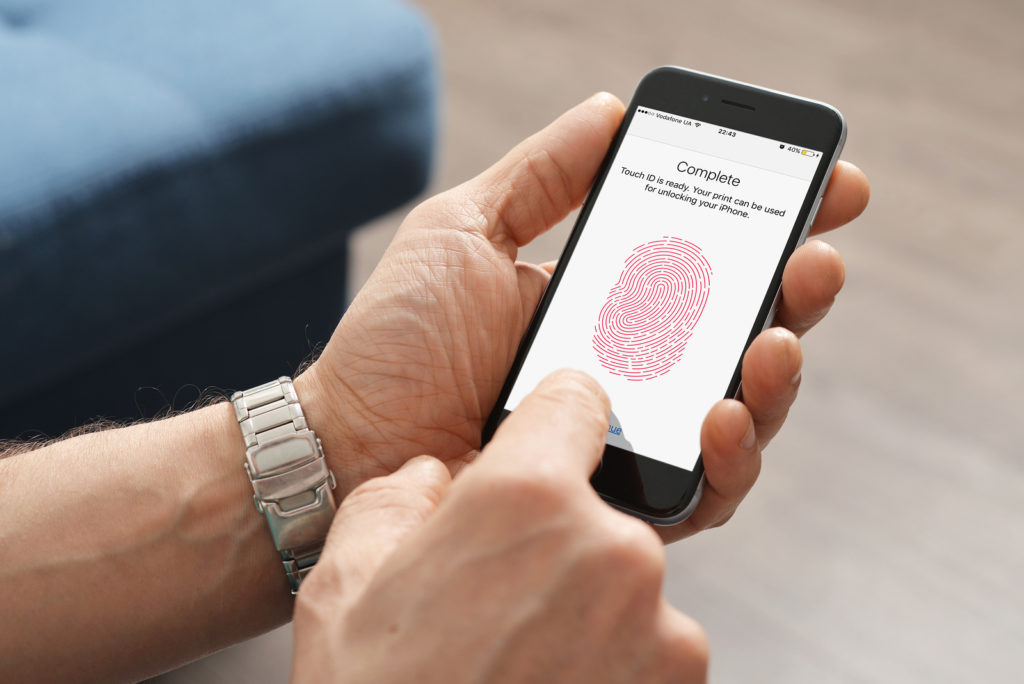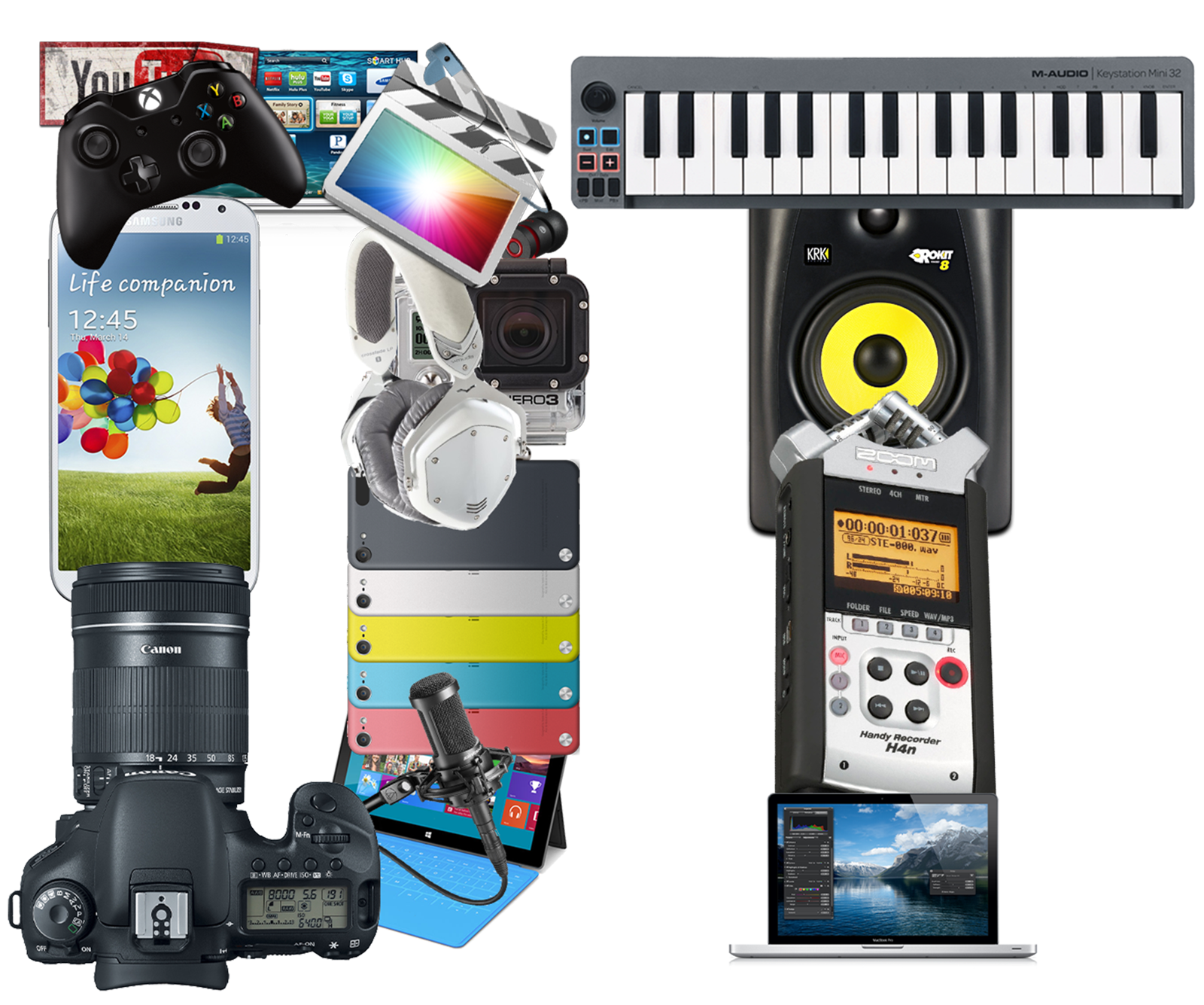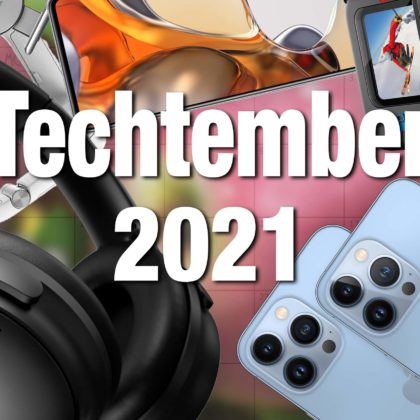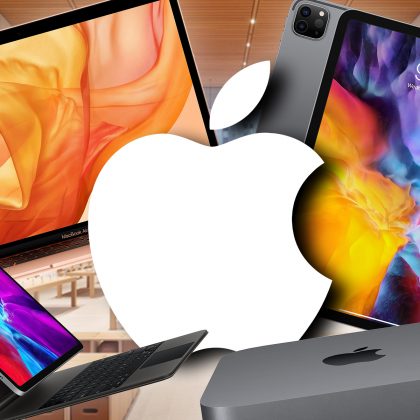
The iPhone X will likely go down in history as the smartphone that proved whether or not people are willing to drop $1000+ on a new smartphone, but for me it represents something different: Apple’s first phone where they prioritized a new technology over user experience. While there are so many things to like about this phone — OLED screen, dual cameras, nearly bezel free display — its most notable feature, Face ID, feels largely like a gimmick. This is a surprise because up until this point Apple has separated itself from other smartphone manufacturers (cough Samsung) by only implementing features and technology once they were sure it was 100% useful to the user. Face ID is certainly an interesting idea in many aspects. It is more secure, potentially quicker, and uses a new suite of sensors. But what happens when you’re not facing your phone, lying in bed, or want to give a friend access?
A Touch of History
Apple first revolutionized how we unlock our smartphones with the release of the iPhone 5S. Fingerprint sensors weren’t brand new in smartphones, but like many other features, Apple’s embracing of the technology made it mainstream. With Touch ID your phone could be unlocked before it was out of your pocket, you could register multiple fingerprints (including friends’), and it also was eventually included in Apple’s Mac Pros. Though wet hands and gloves presented problems, 99.5% of the time it allowed users to unlock their device without even giving it a second thought.

Now compare this with Face ID which I optimistically figure to have a 97% first unlock success rate. Looking at 99.5% vs 97% doesn’t seem like much of a difference. However, if the average smartphone user unlocks their device 100-150 times a day, switching from Touch ID to Face ID means an estimated 17-26 more failures to unlock on first attempt per week. Again this isn’t huge, but considering Apple’s track record, it is a departure from their trend of always striving to make iPhones that “just work” for the user.
What’s next?

With a positive earnings report yesterday for Q1 2018, Apple dispelled fears on Wall Street that the iPhone X is a flop. However, those fears stemmed from a general consensus among consumers that the latest and greatest iPhone isn’t so great. Apple wanted its Face ID to capture people’s attention, but the thing most people know the iPhone X for is its record high price. Though its a new technology, Face ID does little to improve user experience and likely makes it worse.
Looking to the next iPhone, Apple would be wise to focus on user experience rather than falling into the same tech chasing trap. Face ID is likely here to stay, but the inclusion of a behind-the-glass fingerprint sensor would be a huge plus and offer redundancy. Most likely though, Apple will fill in Face ID’s shortcomings with improved software and user interfaces. Only time will tell if this will be enough.





